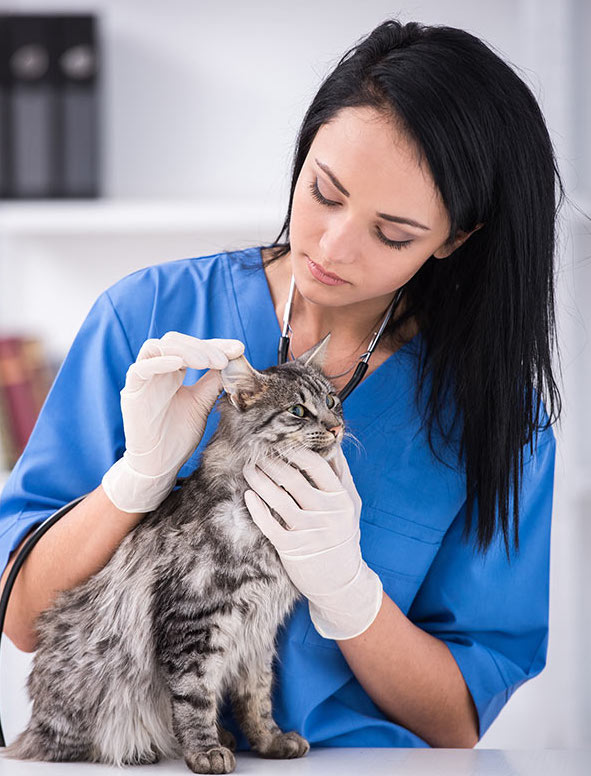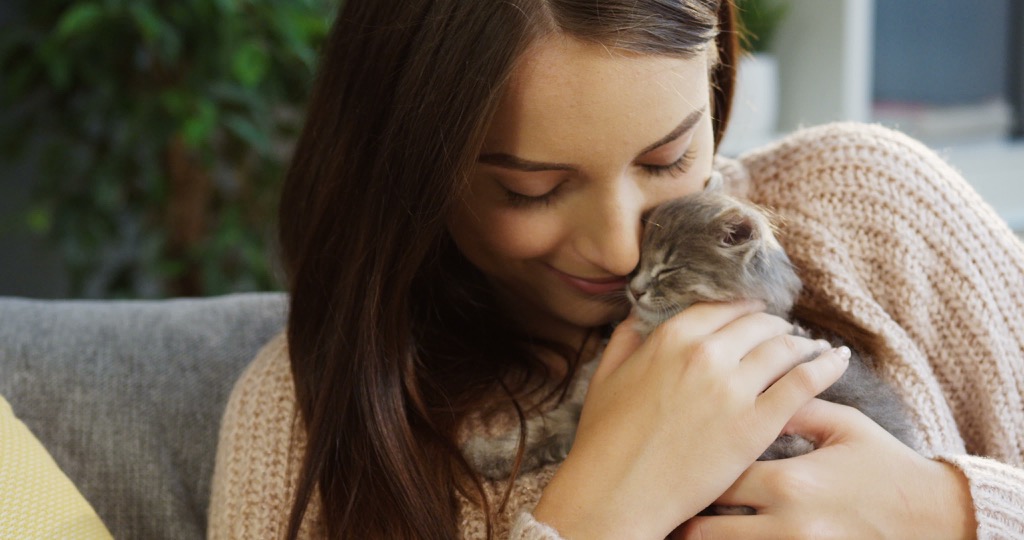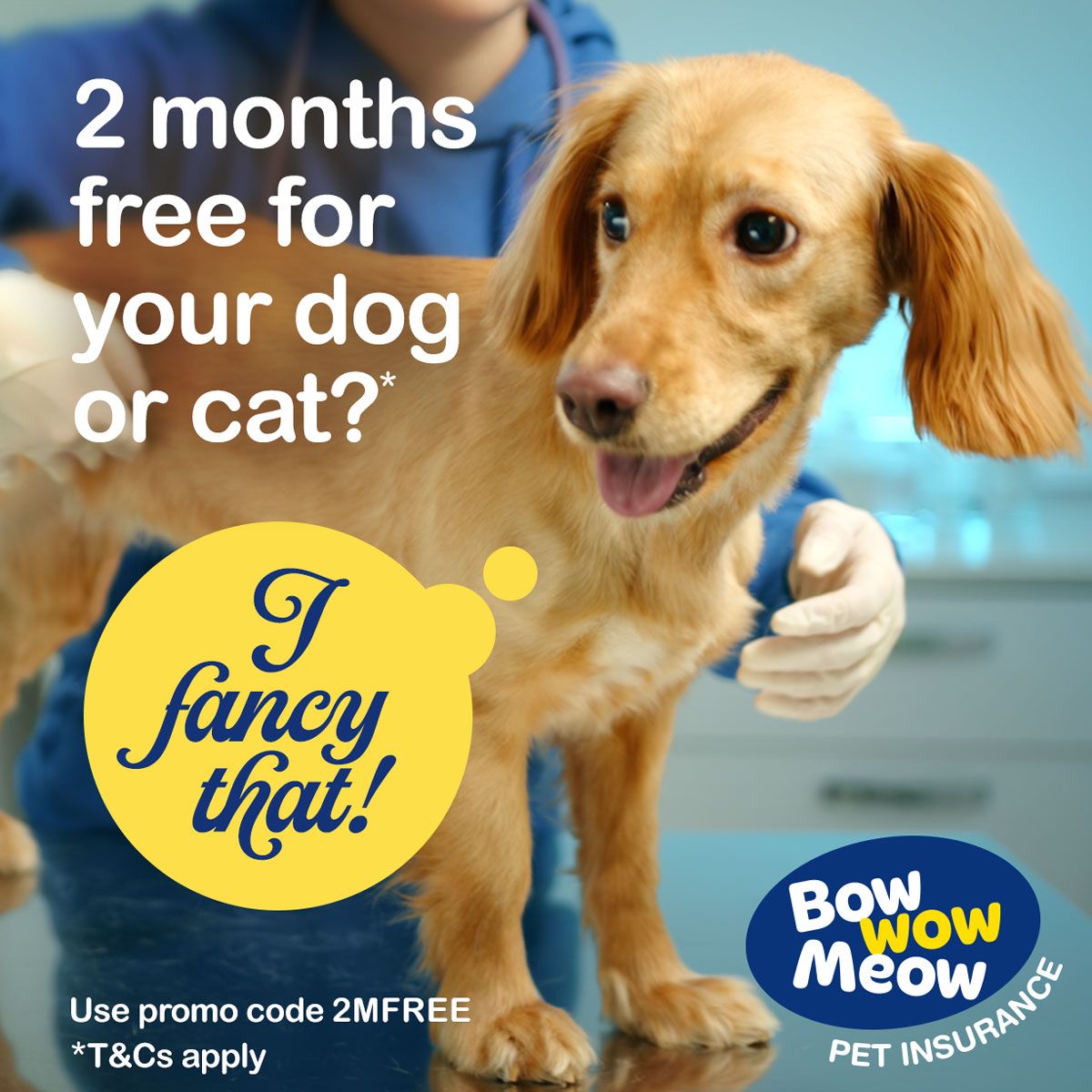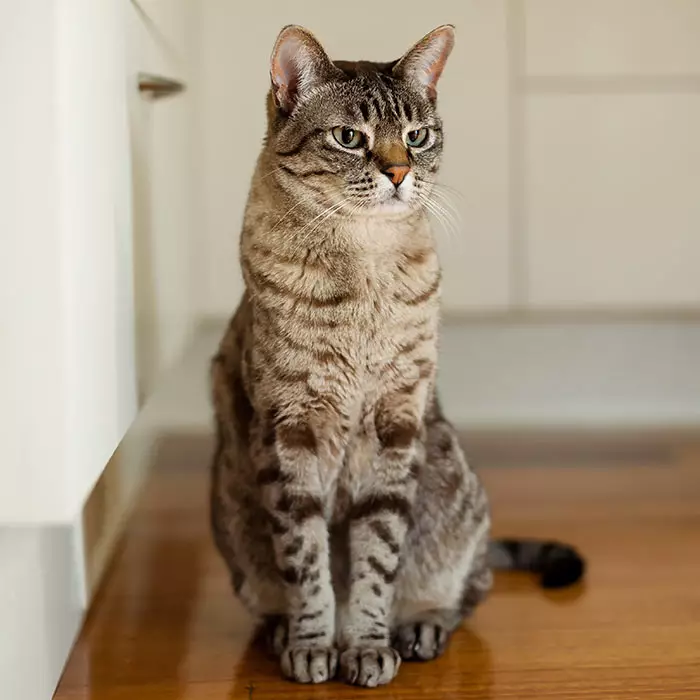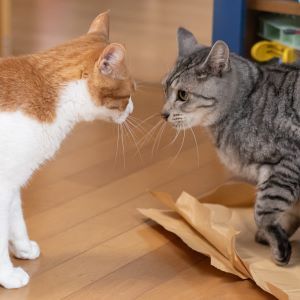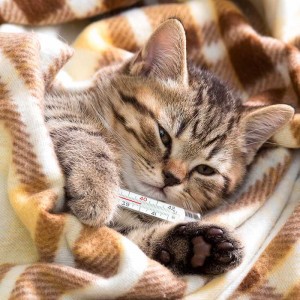Different diets for kittens – What to feed your new kitten
If you have a new kitten, it’s crucial to start their nutrition journey on the right foot. But what exactly is that? When it comes to pets and dietary matters, there’s a lot of advice – often conflicting – out there. Here’s our take on the current guidelines and best advice on kitten diets and nutrition.
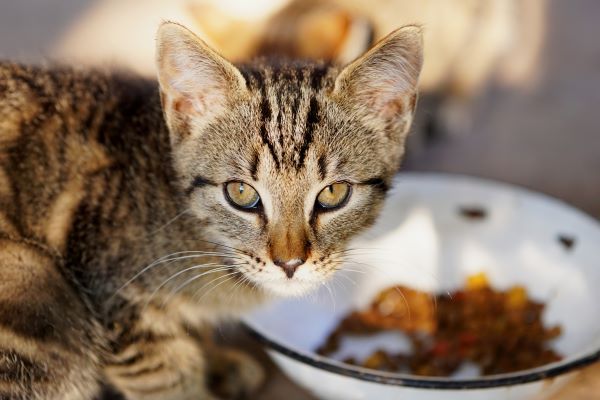
We highly recommend consulting your vet or animal nutritionist to obtain personalised guidance on choosing the appropriate food, portion sizes, and feeding schedules for your kitten’s individual requirements.
Special kitten food is essential
Kittens mature to adulthood by the time they are 10 to 12 months of age. Their growth rate slows as they approach 80% of adult size at about 30 weeks (7 months) of age, and they reach adult body size at about 40 weeks (a little over 9 months) of age.
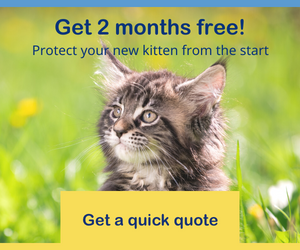 Because they grow at such a fast rate, kittens have higher nutritional demands than adult cats. They require high levels of good quality protein, essential fatty acids, and more calories than their adult counterparts. The correct balance of calcium and phosphorous is also essential to support their rapid growth and bone development.
Because they grow at such a fast rate, kittens have higher nutritional demands than adult cats. They require high levels of good quality protein, essential fatty acids, and more calories than their adult counterparts. The correct balance of calcium and phosphorous is also essential to support their rapid growth and bone development.
Which is precisely why growing kittens should be fed a diet formulated specifically for kittens until one year of age. Adult cat foods should not be fed to growing kittens. Although the protein level may be adequate, other key nutrients and energy content will not be balanced for optimal growth.
Feeding guidelines
Feeding your kitten the right amount of food is just as important as choosing the right food. Overfeeding can lead to obesity and other health issues, while underfeeding can lead to malnutrition and other health problems. Here are some general guidelines for feeding your kitten:
- Feed your kitten a food that is formulated specifically for kittens until age 12 months before transitioning to an adult food.
- Follow the feeding instructions on the pet food label regarding how much to feed your kitten, as this can vary considerably between products. Consult your vet if you need more specific advice.
- Treats should not make up more than 10% of your kitten’s daily caloric intake. Choose healthy, low-calorie treats, and avoid feeding table scraps.
- Make sure your kitten always has access to fresh, clean water.
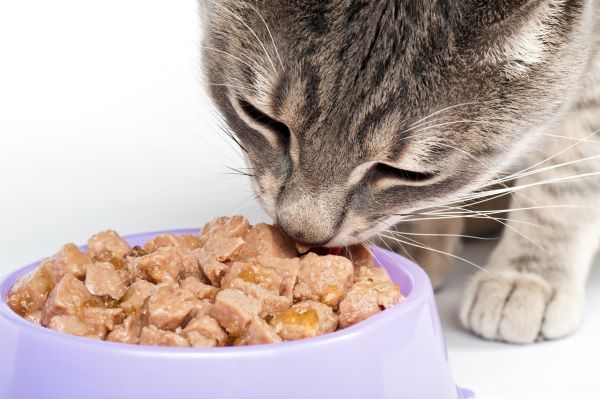
Feeding schedule vs free feeding
Feeding your kitten on a regular schedule can help prevent overeating and establish a routine. On the other hand, free feeding – where food is left out all the time to be eaten at your kitten’s will – is thought to increase the risk of obesity.
Free-feeding kittens is usually done with dry food. This is convenient for pet parents, especially if they have busy schedules – your kitten can eat when they want and will ideally self-regulate how much they need. However, some kittens will overeat and put on excess weight.
If you are not free-feeding, younger kittens (6-16 weeks) need to be fed several meals per day. This is more time-consuming and labour intensive for pet parents, although automatic feeders that release a measured amount of food at specified times can be a great help for busy owners.
Here’s a suggested feeding schedule for kittens that have been weaned:
- Three for four meals per day up to age 6 months
- Two meals per day thereafter
Commercial kitten foods
There are two main types of commercial pet food: dry and wet.
Dry food, also known as kibble, is the most popular type of pet food. It is convenient and can be left out for pets to eat throughout the day. Dry foods are generally more calorie-dense than wet foods.
Wet food, also known as canned food, is typically more expensive than dry food but is often more palatable for cats. It contains more moisture than dry food, which can be beneficial for pets who don’t drink enough water. Wet food is also easier to digest than dry food and can be a good option for pets with digestive issues.
What to look for in commercial kitten foods
It is important to feed your cat a high-quality, premium commercial food that is appropriate for his life stage and health status. To do so, it’s important to know what to look for on the packaging.
- Check ingredients for high protein content, with the main ingredients being one or more of chicken, turkey, duck, fish and other recognisable proteins. Choose wet foods containing mostly real meat and fish combined with a meat broth.
- Check ingredients for essential nutrients like taurine, omega-3 fatty acids, and essential vitamins such as A, D, and E, which help in maintaining healthy eyes, a vibrant coat, and overall well-being.
- Check for the following labels: GMO-free, antibiotic-free, preservative-free and filler-free.
- Check packaging for “complete and balanced” which signifies that the product meets the nutritional needs of your kitten. Unfortunately, many carbohydrate-loaded products also qualify for as complete and balanced, so make sure to still check the ingredients list first.
- Check kibble (dry) packaging for “AAFCO compliant” (Association of American Feed Control Officials).
What to avoid in commercial kitten foods
 Cats are carnivores, so be wary of any products that contains a majority of cereals, grains, starchy vegetables and other non-meat products. Unfortunately, this is the case in many of the cheaper and most popular brands, largely because it keeps down production costs. This does mean that healthier, meat-based products are more expensive, but for good reason.
Cats are carnivores, so be wary of any products that contains a majority of cereals, grains, starchy vegetables and other non-meat products. Unfortunately, this is the case in many of the cheaper and most popular brands, largely because it keeps down production costs. This does mean that healthier, meat-based products are more expensive, but for good reason.
Always read the ingredients panels of any kitten or cat food you are considering before you purchase it, and if possible, base your decision on the quality of the ingredients rather than on the cost of the product.
Alternatives to commercial kitten foods
Raw feeding
A raw feeding diet involves providing cats with uncooked, natural ingredients to mimic their ancestral diet. It comprises a combination of raw meat, raw organs and raw meaty bones such as chicken necks. These contain essential nutrients, including amino acids, fatty acids, vitamins, and minerals, which promote overall health and well-being.
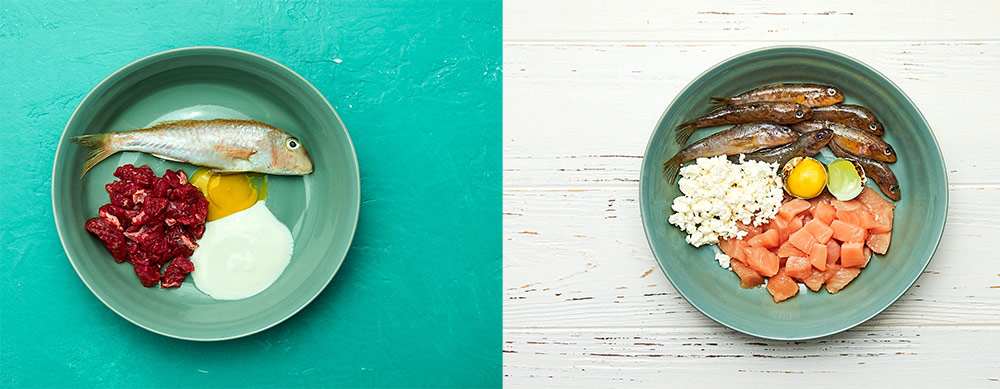
It’s important to do your research and consult an expert before embarking on raw feeding your kitten, so as to make sure you are providing all the nutrition your growing kitten needs, with the right balance of vitamins, minerals, proteins, and fats. Be aware that you should only feed human-grade raw meat, organs and bones, because bone products, pet meat, pet mince and pet rolls can contain preservatives that can be detrimental to your cat’s health.
If raw feeding sounds appealing but too challenging, freeze-dried and air-dried raw food specifically for kittens can provide a balanced and safe way to feed a raw and whole-prey diet to your kitten. These products come with the convenience and simplicity of kibble but without the challenges that come with feeding a conventional raw diet.
Home made kitten food
Although home cooking may seem like a more nutritious option than commercial kitten foods, feeding your kitten an exclusively home-made diet that is complete and balanced can be challenging. There’s a risk that a home made diet won’t supply all the essential vitamins, minerals and amino acids required by growing kittens, or even older cats, in the right ratios.
Home made cat food often lacks a good source of omega-3 fatty acids for brain and eye development and can lead to taurine deficiencies, which can cause blindness and heart failure in kittens. Therefore, we recommend that a home made kitten food diet should be underaken only with the support and guidance of a vet or animal nutritionist.
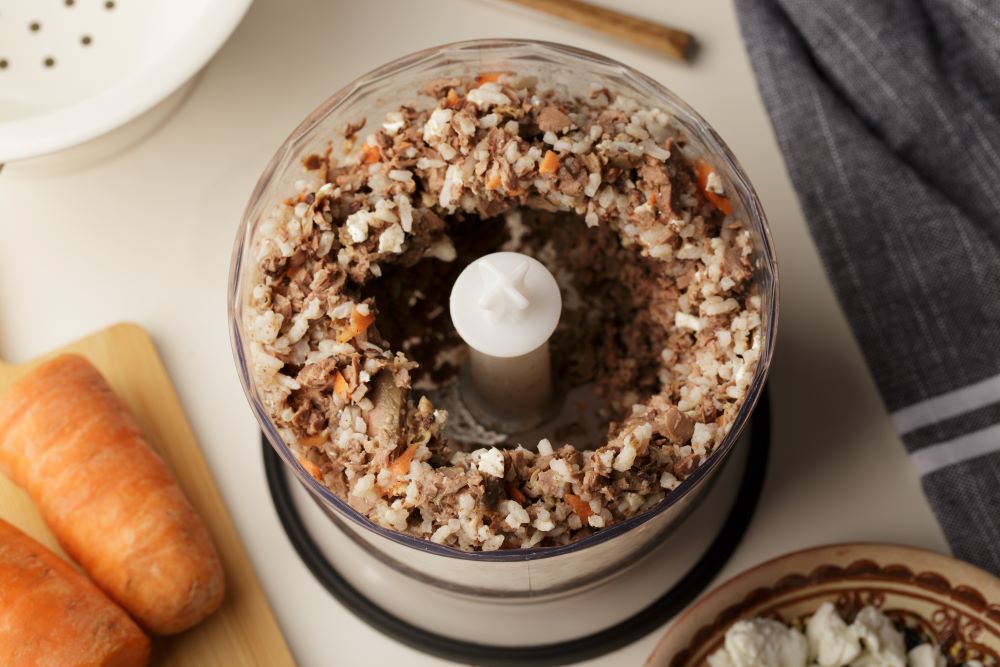
Home made kitten food does not have to be an exclusive choice; it can be provided to your kitten to supplement commercial food. One advantage of supplementing with home made cat food is that it exposes your kitten to a wider variety of flavours and textures. Many cats develop strong dietary preferences at an early age, both in terms of texture (dry or wet) and flavour. To reduce the likelihood of a fussy cat who will only eat one particular brand or type of food, you can add a small amount of one or more of the following home made options to your kitten’s meals from time to time:
- Home made bone broth
- Lightly cooked or warmed raw meat
- Cooked pumpkin
- Psyllium husks, flaxseeds, chia seeds
- Scrambled or boiled egg
Can cats be vegetarian?
No, a vegetarian diet is not a suitable option for kittens or adult cats.Cats are obligate carnivores, meaning that they must derive some of their nutrients from animal sources and have a higher protein requirement than dogs. They have unique nutritional needs, including essential nutrients like taurine and arachidonic acid, which are crucial for heart health, vision, and overall well-being. These nutrients are only found naturally in animal tissue. Taurine deficiency can lead to serious issues like dilated cardiomyopathy (an often-fatal heart condition) and blindness.

Cats also don’t digest carbohydrates well, so diets high in vegetables may be more challenging for them. To support animal welfare, choose cat food brands with humane and transparent farming practices.
Transitioning to a new diet or type of food
If you want to change your kitten’s diet or transition to adult food, do so gradually over a week or more to avoid possible stomach irritation. Introduce news foods slowly, giving your cat the opportunity to adjust, both behaviourally and digestively.
If your cat is shifting away from a highly processed diet, their gut microbiome (the microorganisms and populations of bacteria that assist with digestion and nutrient absorption) may need some time to adapt. Some cats do have more sensitive stomachs than others, so in these cases this can take longer and require a bit more persistence and patience.
If your cat is fussy or sensitive, you may find it preferable to add small amounts of the new food, mixed in with their old food. Start with up to 1/4 of the new food and gradually increase it as they get used to it, decreasing their old food until you are feeding only the new food.
Foods you should not feed your kitten
Cats have unique nutritional needs, and it’s best to provide them with a balanced and species-appropriate diet specifically formulated for feline consumption. While tempting, feeding your cat human food should be approached with caution.
To prevent potential health issues, don’t feed your kitten these foods:
 Milk and dairy products (most kittens are lactose intolerant)
Milk and dairy products (most kittens are lactose intolerant)- Tuna (a steady diet of tuna can cause malnutrition and mercury poisoning)
- Table scraps (can cause digestive issues)
- Dog or puppy food (doesn’t provide the correct nutrients for kittens)
- Processed meats, including sausages
- Cooked bones (can splinter, causing intestinal cuts or blockage)
Some foods are toxic to kittens and cats and should be avoided at all costs. These include:
- Caffeine
- Chocolate
- Grapes and raisins
- Onions and garlic
- Macadamia nuts
- Alcohol
Read our article Emergency cat food: The human foods cats can eat
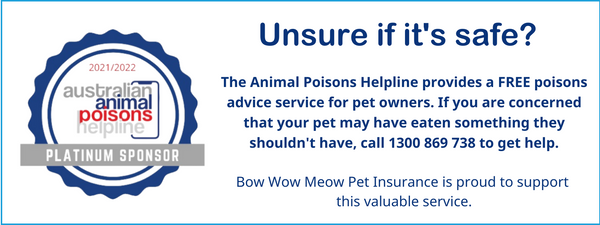
Water is an essential part of your kitten’s diet
Always provide your kitten with access to fresh water. Adequate hydration is essential for kidney function, nutrient absorption, and overall health. Obviously, dry cat food has a very low moisture content. Cats that eat dry food need significantly more moisture from other sources than cats that eat moistened food.
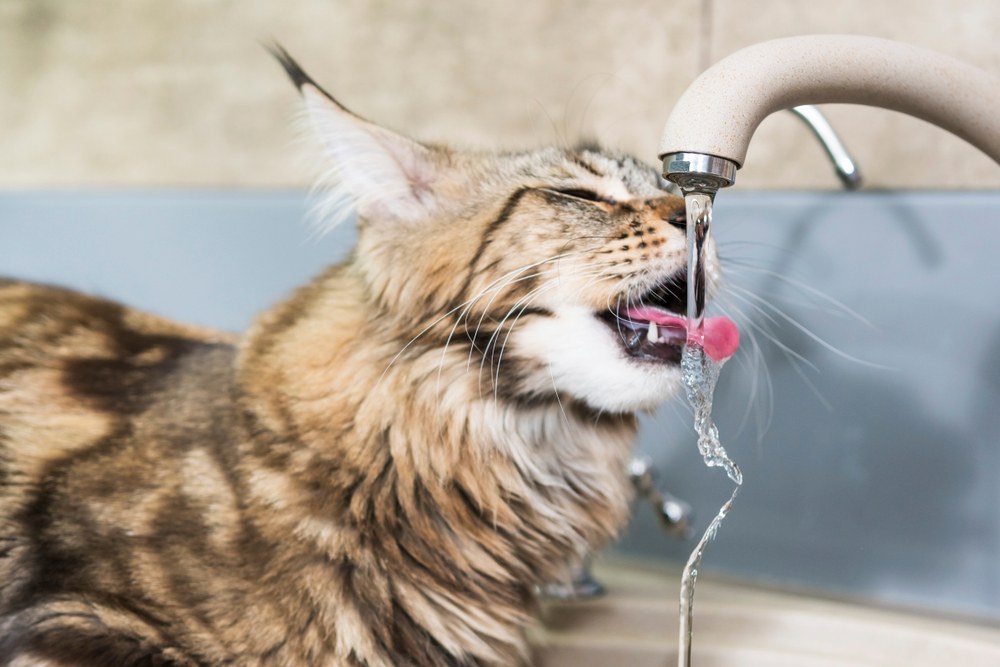
Preferences vary; some cats prefer running water to still water and enjoy drinking from a fountain, while others might prefer a quiet spot with a small bowl. Many cats prefer to have their water source in a different location than their food source. Multiple water bowls or fountains in various locations around the house, that are cleaned and refilled daily, are highly recommended.
In summary
The right nutrition is important throughout a cat’s life and is especially critical during kittenhood. Growing kittens need more calories, fat, protein, vitamins, and minerals to meet their needs for rapid growth and development.
Young kittens need multiple daily feedings of a specially formulated kitten food. The number of daily feedings can be gradually decreased as the kitten ages, but feeding with a high quality, balanced and complete premium kitten diet should continue until adulthood (about 9 to 12 months of age).
Unsure how serious it is?
Bow Wow Meow policyholders can get access to trusted vet care anytime, anywhere, at no additional cost. Connect to an experienced Australian registered vet via video call, 24/7. Whether it’s providing vet advice, setting up at-home treatment plans, or confirming if you need to visit a vet in person, you can get help when you need it.
Find out more about our pet insurance cover options.


